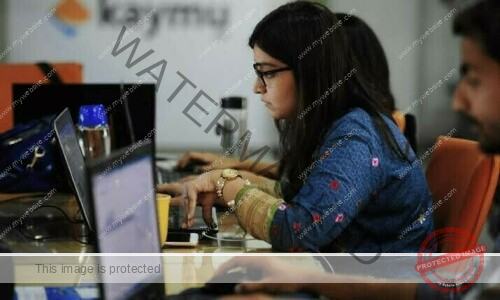ISLAMABAD: According to the GSMA Mobile Gender Gap Report 2025, which was released on Wednesday, the gender gap in mobile internet adoption decreased from 38% to 25% in 2024, indicating a notable increase in mobile internet usage among women in the nation.
This indicates that, compared to prior years, women in Pakistan are now 25% less likely to utilize mobile internet.
With an estimated 330 million women in South Asia still not utilizing mobile internet, the gender gap in the region remained mostly stable at 32 percent.
In terms of women’s adoption of mobile internet, Pakistan also scored better than its neighbors, with 45 percent of women using it, compared to 39 percent in India and 26 percent in Bangladesh. According to the research, adoption among rural women is the main factor driving this significant increase from 33 percent in 2023, a 12-percentage-point increase.
When it comes to the growth of women’s mobile internet, Pakistan leads South Asia.
During the same time period, men’s use of mobile internet increased by seven percentage points.
According to the survey, Pakistan has the highest rate of male mobile phone ownership in South Asia, with 93% of men possessing a phone, compared to 71% in India and 68% in Bangladesh.
The Pakistan Telecommunication Authority (PTA) has launched a Digital Generation Inclusion Strategy 2020 with the goal of bridging the digital divide by establishing inclusive digital access for women. The GSMA commended the efforts of Pakistan’s telecom industry and regulator.
As part of the GSMA Connected Women Commitment Initiative, the report praised Jazz, Telenor, and Ufone for their efforts to raise the percentage of women in their mobile internet subscriber base.
The new data was welcomed by industry players, who pointed out that around eight million women in Pakistan went online in 2024.
According to Jazz CEO Aamir Ibrahim, a woman holding a smartphone is the greatest equalizer in the modern world, where opportunities are becoming more digital.
Mr. Ibrahim stated that smartphone ownership was still viewed as a threat for women in many communities, adding that “the challenges exist in rural and low income areas, where entrenched social norms and affordability remain major barriers”.
“Unless we involve not only women but also fathers, brothers, and decision makers in the home, this mindset will not change”, he stated.
In order to address the problems collectively, Pakistan’s telecom companies have been requesting customized solutions, such as smartphone purchase programs that are paid for in installments and regional digital literacy initiatives.
According to the GSMA survey, there was a negligible gender gap in Pakistan, with 89 and 86 percent of men and women, respectively, having very high levels of awareness of mobile internet.
According to the GSMA, raising awareness is crucial if more women are to embrace mobile internet and use it independently and safely.
SOURCE: DAWN NEWS





